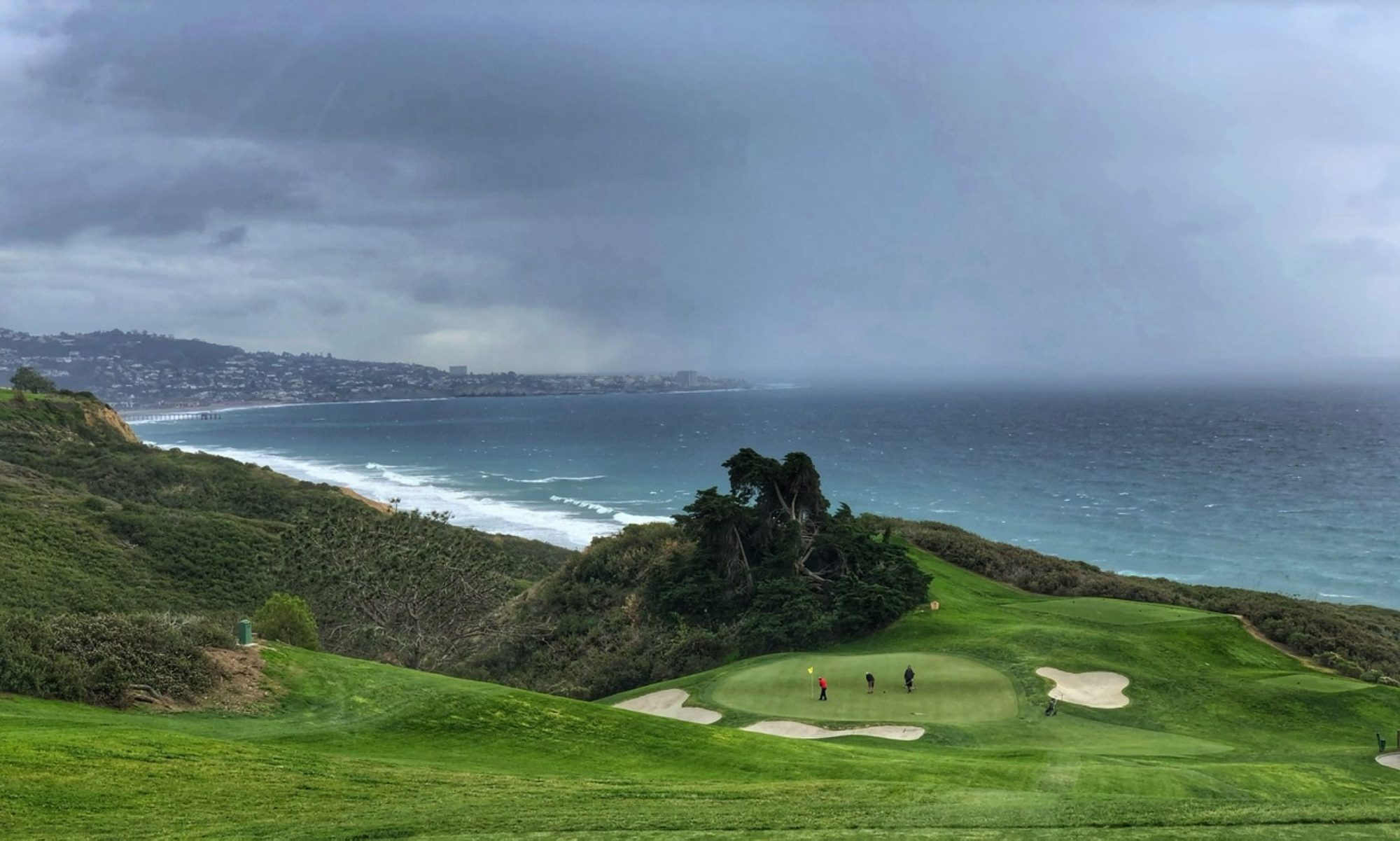Fifty-two years ago my dorm roommate and I hitchhiked from the University of Buffalo to SUNY Albany. Three successive rides found us in the commercial district of Syracuse. As the day passed, the temperature dropped and the cars whizzed by our outstretched hypothermic thumbs. Dejected, we walked to the Bus Station and contemplated our next step. With no time and no money for a round-trip to Albany and back to Buffalo, we bought a one way ticket back to our starting point of Buffalo. We sat down next to a middle aged man in a wrinkled suit and waited for our Greyhound bus. “Is there a decent restaurant around here?” we asked our seatmate. “There is a great Italian restaurant around the corner,” he stated confidently. Pooling our meager resources we sought out the trattoria and ordered a plate of pasta. The spaghetti was served as stiff as straw. Our resident restaurant critic at the bus station had clearly steered us wrong.
Twenty years later, my hitchhiking days behind me, I drove with a friend to San Francisco. With the passenger seat littered with AAA and Rand McNally maps, my navigator advised staying on I-80 as the Embarcadero came into view. “On no!”, I muttered, as I realized I was going the wrong way on the LONG Oakland Bay Bridge toward Oakland and was doomed to pay a double toll.
Undeterred by my past travel mistakes, my family embarked on a European vacation at the turn of the century. My spouse, a capable cartographer and blessed with a directional sense like a passenger pigeon, assured me that we were not going to get lost. We rented a Renault in Paris, buckled up our two boys, and set out to discover the continent. A few miles out I failed to translate the “sens unique” (one-way sign, not covered in High School French). Sweating profusely, I made an instantaneous U turn and avoided a vacation ending collision. We arrived in Aachen, Germany and entered a museum devoted to Charlemagne. The exhibit explanations were in German with no translation. Ich bin ein Berliner and aufedasein were the extent of our German vocabulary. We detoured to the snack bar to complete the museum experience. That evening we arrived in Strasbourg with a thimble full of gas in the tank. The next morning, I pulled into the gas station, opened the gas tank door and noticed French instruction on the inside door (words, again not covered in High School French). I filled the tank and set off to Switzerland. A few miles onto the highway, the car started to lurch and emit a high pitched moan as I was shifting my manual transmission into 2nd gear. I got off the highway into rush hour Strasbourg traffic when the car led out a cringe worthy groan and stalled. Behind our Renault were at least 50 angry French commuters yelling French words (that again were not covered in High School French class). Later that day, a mechanic, with a cigarette dangling from the corner of his lip, informed me of my error of filling up a diesel engine with regular gas. He muttered some unintelligible French sentences but my rudimentary French picked up some words (stupide: stupid, guignol: clown).
After the ordeal, we decided to recharge with French cuisine. The bill came and I calculated the tip by mentally converting dollars into Francs. I mistakenly used the wrong currency in the calculation and was off by a factor of ten. The waiter was elated by his generous tip and my wallet was a good deal lighter. I had finished the day with a trifecta of vacation gaffes.
I am now millions of neurons lighter in the 21st century compared with my youthful self but have gained “vacation bonus IQ points” with the advent of smartphone technology. Currency converters keep tabs on the foreign exchange markets by the nanosecond. Apple and Google Maps keep me on track and down the right one way streets. I was cruising in the Mojave Desert on I-15 last week and the app warned of an accident (truck on fire) halting all traffic for 2 hours. As the temperatures soared in the desert, I placed a call to the California Highway Patrol. The California Highway Patrol representative asked, “ What lane are you in?” “The far left lane,” I answered. “Stay in that lane. We just opened up that lane 60 seconds ago and you should be good.” Seconds later, the cars started to inch forward and we made our way past the accident. It was highway nirvana.
Language barriers have fallen. Despite English ubiquity, Google Translate helped convert German menus, German museum placards and German signs into understandable jargon. Impractical high school French classes devoid of real life vocabulary are no longer dangerously impactful. Choosing a restaurant no longer requires a recommendation from a fellow bus passenger. Today, Yelp, Google and TripAdvisor have us covered wherever we go in the world.
In May of this year, we took a trip through Eastern Europe for almost a month without a hitch. I relied heavily on my technology loaded Iphone, T-Mobile cell towers and an occasional friendly recommendation from an equally tech savvy European citizen. But travels would not be travels without mishaps that many times end up being memorable happy accidents. The proof: many years later these are the stories my family and I speak of and write about.
I am still recovering from my Diesel Mishap but encouraged to know that fossil fuels are in the rear view mirror and electric vehicles in the future will have only one plug to choose from.
I























